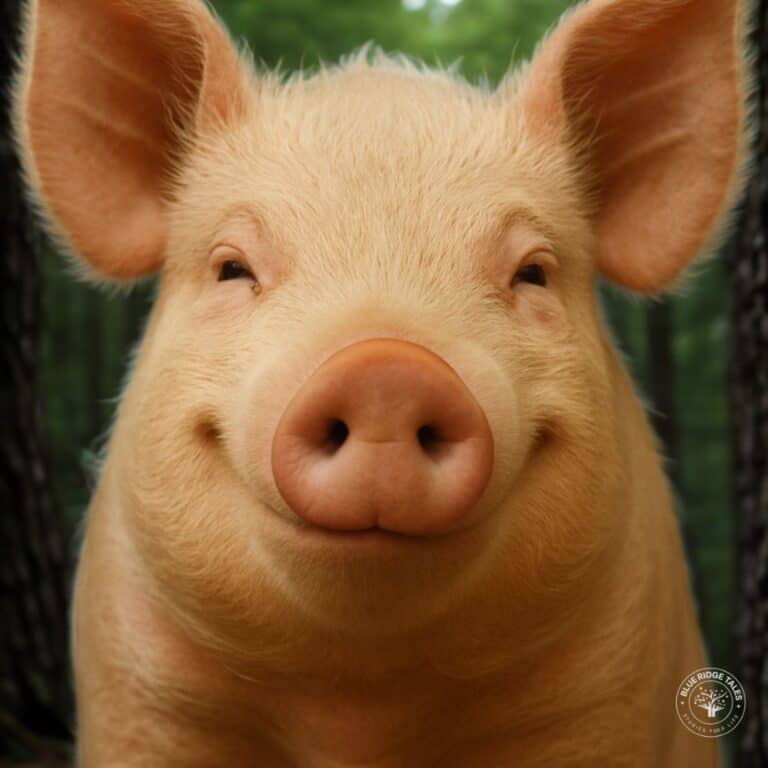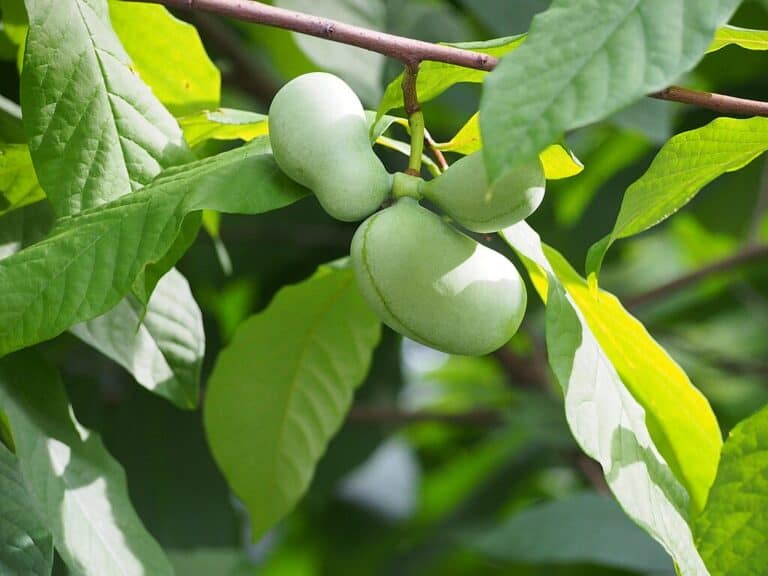King Kudzu

Photo by G. Smith
King Kudzu is on the move. A Kudzu vine can grow a foot a day, sixty feet a season. Residents of Georgia have been warned to close their windows at night to keep the dastardly weed out of their houses. Left uncontrolled, it will grow over any fixed object, including cars, houses, equipment, and your lazy brother-in-law.
The Japanese introduced Kudzu in the US at the Philadelphia Centennial Celebration of 1876. It was displayed as an ornamental plant (the flowers blooming in late summer with a delightful fragrance) and forage crop. The Japanese have many other uses for the plant – including food – but the benefit that captured the imagination of Americans was the vine’s usefulness in erosion control.
Toward the end of the 19th Century, large parts of the Blue Ridge and Smoky Mountains were being strip-mined and clear-cut of lumber. Once clear-cut, the topsoil quickly washed down the mountains, and nothing would grow on the barren hillsides. Americans imported the plant from Japan to restore the ruined copper-mining landscape in Ducktown, TN. It grew (dare I say it?) like a weed. The deep tap root of the vine holds the soil in place and allows the plant to prosper during droughts. For a time, the government paid farmers $8/acre to plant Kudzu. The vine covers over 7.5 million acres in the US and expands an additional 120,000 acres annually.
Guess What’s for Dinner?
Mountain families are learning to live with the plant, though. As the Japanese have known all along, the plant is edible. Rare treats include Kudzu quiche (for real men only), and steamed and fried Kudzu leaves (in the South, frying is always an option).

Photo by Kenneth Allen
Kudzu: A Treatment for Alcoholism?
Harvard University is experimenting with Kudzu to cure alcoholic cravings (I’ll drink to that!). Ironically, it’s also being used to produce alcohol: due to the starch (sugar) content, it can replace corn to make ethanol. It is hardier than corn, doesn’t require irrigation, is more drought-resistant, and is cheaper to grow and harvest. Also, Kudzu can be harvested twice a year instead of once, like corn. Doug Mizell, co-founder of the startup Agro*Gas Industries in Tennessee, says:
“There’s 7.2 million acres of kudzu in the south that’s absolutely good to no one…all the leftovers from the harvested kudzu are pulled in, and we can break that cellulose down and make ethanol from it…it’s not tied to the commodities market, so the price won’t raise and lower in relation to the stock markets.”
Two hundred years ago, the crop that drove the Southern economy was King Cotton. With a bit of ingenuity, the crop that drives the South in the 21st Century could be King Kudzu.
More Foodways Stories
Explore the dishes, tools, and kitchen traditions that shaped mountain life on the Foodways page.
Appalachian Foodways Collection
Enjoying Blue Ridge Tales? I hope so. If you’d like to help keep the site ad-free and the stories rolling, you can buy me a coffee.
To stay connected, subscribe to my Blue Ridge Tales newsletter, and have stories and updates delivered once a month to your inbox.






